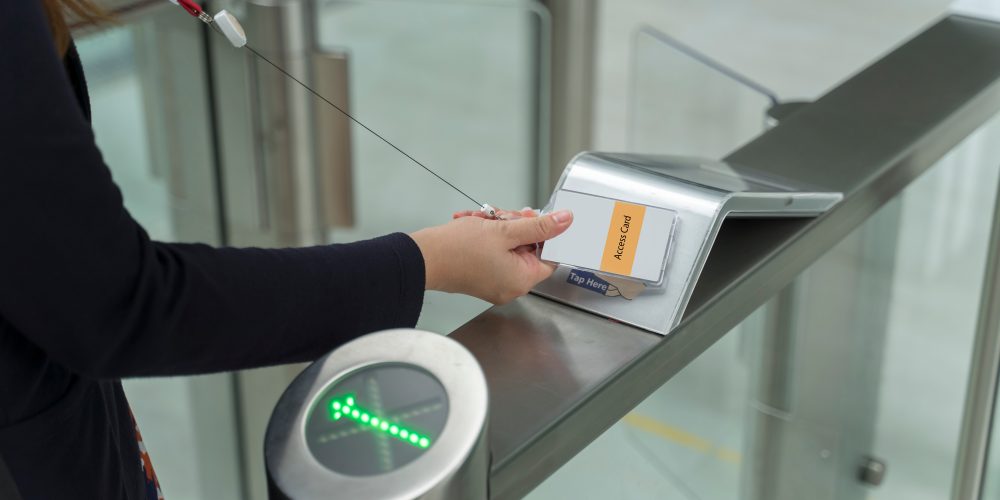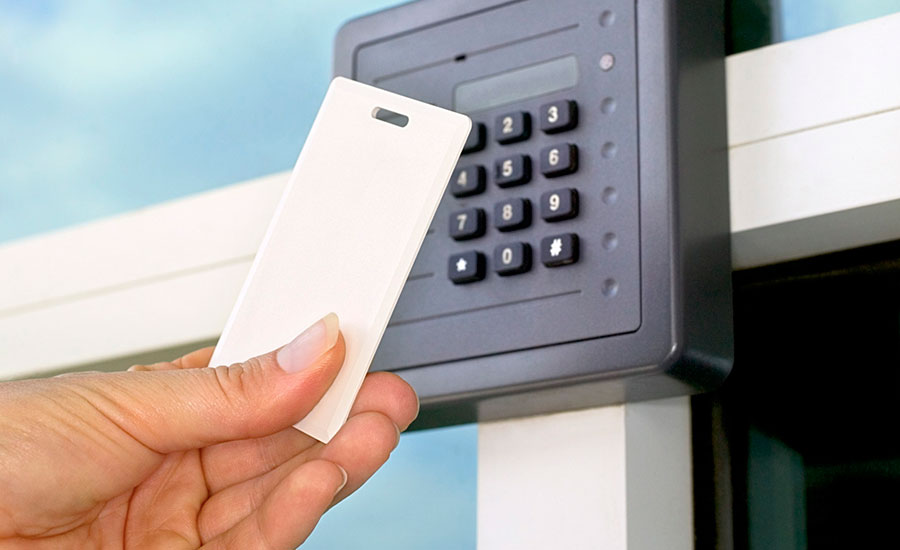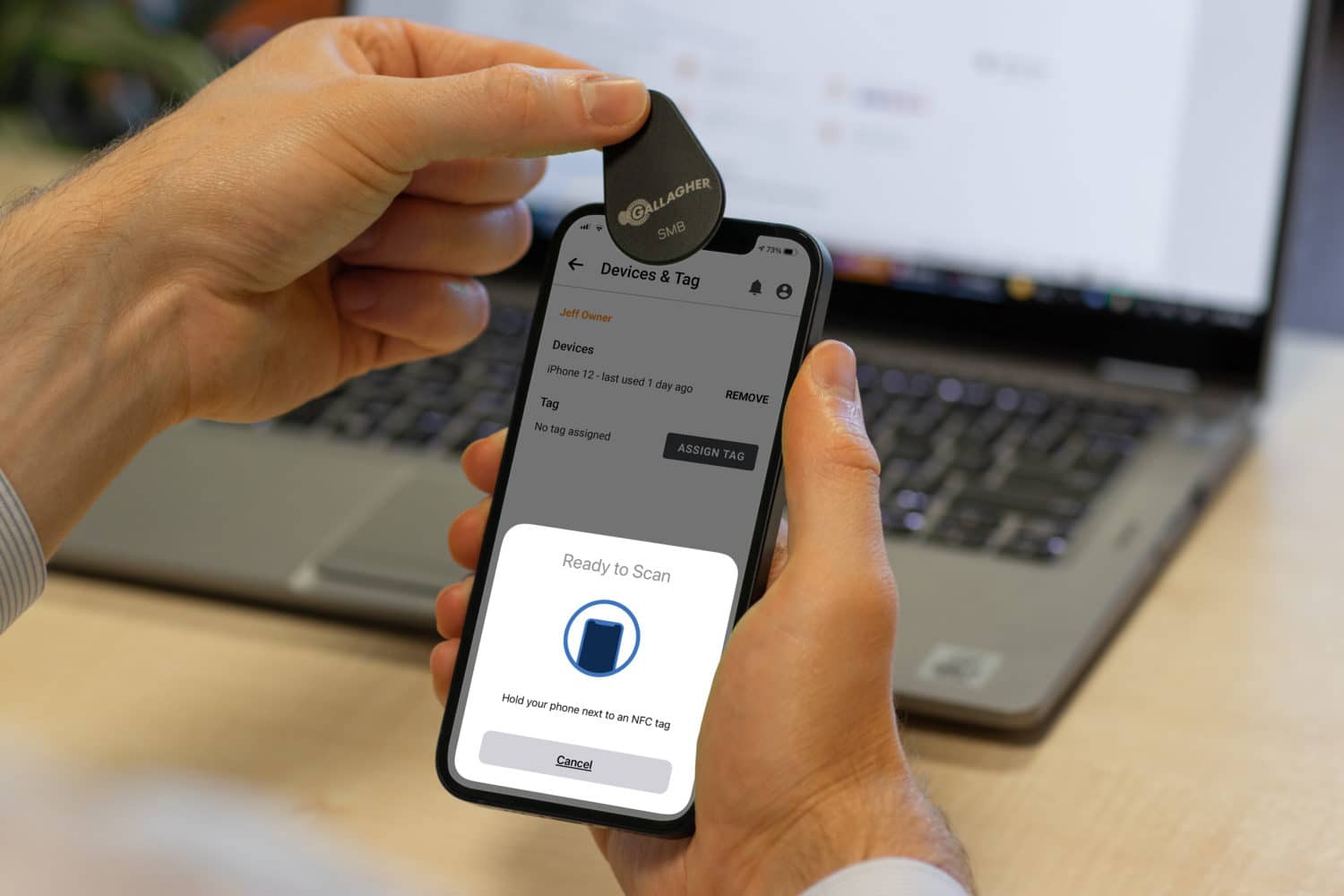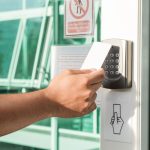I. Introduction
Logical access control refers to the measures and systems put in place to control and manage who has access to digital assets and data. It is a critical aspect of cybersecurity, as it helps protect sensitive information, prevent unauthorized access, and ensure the confidentiality, integrity, and availability of digital resources.
In this article, we will delve into the importance of logical access control and explore the basics and technologies behind it. Our objectives are to provide a comprehensive understanding of logical access control, discuss its significance in protecting digital assets and data, and highlight various access control technologies and mechanisms used to achieve it.
II. Understanding Logical Access Control
A. Basics of Logical Access Control
To understand logical access control, it is essential to grasp its definition, purpose, and the components and elements of the systems involved.
Logical access control serves the purpose of regulating and restricting access to digital resources, such as computer systems, networks, databases, and applications. It involves the implementation of security measures, including authentication, authorization, and accountability, to ensure that only authorized individuals can access digital assets and data.
The components and elements of a logical access control system typically include:
- Authentication: This includes methods of verifying the identity of a user, such as passwords, biometric scans, or digital certificates.
- Authorization: Once a user is authenticated, authorization determines what actions or resources the user is allowed to access or perform. This is typically achieved through user roles, permissions, and access control lists.
- Accountability: This involves auditing and logging user activities, providing a record of who accessed what, when, and from where. This helps in the detection and investigation of security incidents.
B. Access Control Technologies
Access control technologies have evolved significantly over the years, providing more efficient and secure means of controlling access to digital resources. In this section, we will explore three key access control technologies: Password-based access control, Role-Based Access Control (RBAC), and Access Control Lists (ACLs).
-
Password-Based Access Control
a. Overview and working principles:
Password-based access control is one of the most common and widely used access control mechanisms. It involves users providing a password or passphrase to authenticate their identity and gain access to a system or resource.
b. Password management and best practices:
Effective password management is crucial to maintaining the security of digital assets. This includes practices such as creating strong passwords, regularly changing passwords, and securely storing and transmitting passwords.
c. Multi-factor authentication and passwordless authentication:
To enhance security, multi-factor authentication combines multiple forms of authentication, such as passwords, biometrics, or tokens. Passwordless authentication eliminates the use of passwords altogether, relying on alternative forms of authentication, such as biometrics or cryptographic keys.
-
Role-Based Access Control (RBAC)
-

a. Introduction to RBAC concept:
RBAC is a widely used access control model that assigns access permissions to users based on their roles and responsibilities within an organization. It simplifies access control management by grouping users into predefined roles and applying access permissions to these roles rather than individual users.
b. Role assignment and permissions management:
Role assignment involves associating users with specific roles based on their job functions. Permissions management involves defining the access privileges associated with each role to ensure users have appropriate levels of access based on their responsibilities.
c. Role hierarchies and delegation:
Role hierarchies establish relationships between roles, allowing for the delegation of certain permissions from higher-level roles to lower-level roles. This helps in managing complex access control scenarios and improves flexibility and scalability.
-
AccessControl Lists (ACLs)
a. Definition and purpose:
ACLs are access control mechanisms used to define and enforce permissions at the file or object level. They determine which users or groups can read, write, or execute a specific file or resource.
b. ACL implementation and management:
Implementing ACLs involves defining the access permissions for specific files or resources and associating them with individual users or groups. ACLs can be managed and modified to accommodate changing access control requirements.
c. Limitations and considerations:
While ACLs are a powerful access control mechanism, they can become complex and difficult to manage in environments with numerous files, resources, and users. Proper planning and consistent management practices are crucial to ensure their effectiveness.
III. Ensuring Effective Logical Access Control
A. Network Access Control (NAC)
Network Access Control (NAC) is a vital component of logical access control that focuses on regulating and monitoring access to a network. In this section, we will explore the basics of NAC, its components and architecture, and best practices for implementing and enforcing NAC.
- Introduction to NAC:
NAC is a security solution that ensures that only authorized devices and users can connect to a network. It validates the identity and compliance of devices before granting access, protecting the network from unauthorized access, malware, and other threats. - NAC components and architecture:
NAC systems typically consist of several components, including the NAC policy server, authentication mechanisms, access enforcement points, and network infrastructure. These components work together to authenticate, authorize, and enforce access policies for devices trying to connect to the network. - NAC implementation and enforcement:
Implementing NAC involves defining access policies, configuring authentication mechanisms, and deploying access enforcement points throughout the network infrastructure. It is crucial to continuously monitor and update access policies to adapt to evolving threats and ensure the effectiveness of NAC measures.
B. Single Sign-On (SSO)
Single Sign-On (SSO) is a mechanism that allows users to authenticate once and gain access to multiple systems or applications within an organization. In this section, we will discuss the overview of SSO, its benefits and challenges, and different SSO protocols and implementations.
- Overview of SSO:
SSO simplifies the login process for users by eliminating the need to remember multiple usernames and passwords. Once authenticated, users can seamlessly access various systems and applications without the need to reauthenticate for each platform. - Benefits and challenges of SSO:
SSO offers several benefits, including increased user convenience, improved productivity, and enhanced security through centralized authentication and access control. However, challenges such as interoperability issues, potential single point of failure, and security concerns need to be carefully addressed while implementing SSO. - SSO protocols and implementations:
Various protocols, including Security Assertion Markup Language (SAML), OpenID Connect, and OAuth, are used for SSO implementations. These protocols provide the frameworks and standards for securely exchanging authentication and authorization information between systems and applications.
C. Privileged Access Management (PAM)
Privileged Access Management (PAM) focuses on securing and managing privileged accounts that have extensive access rights within an organization. In this section, we will discuss the importance of managing privileged access, PAM solutions and features, and best practices for implementing PAM effectively.
- Importance of managing privileged access:
Privileged accounts, such as those of system administrators and executives, hold significant power and access to critical resources. It is crucial to secure and monitor these accounts to prevent misuse, unauthorized access, or insider threats. - PAM solutions and features:
PAM solutions provide robust controls and security measures to protect privileged accounts. These solutions include features such as privileged access monitoring, session recording, password vaulting, and just-in-time access, which help secure and manage privileged access effectively. - Best practices for implementing PAM:
Successful implementation of PAM involves defining a strong privileged access management strategy, conducting regular access reviews, implementing least privilege principles, and enforcing strong authentication and authorization mechanisms for privileged accounts.
In conclusion, ensuring effective logical access control requires the implementation of Network Access Control (NAC), Single Sign-On (SSO), and Privileged Access Management (PAM) solutions. These technologies and practices provide the necessary controls and measures to protect networks, streamline access to systems and applications, and secure privileged accounts. By understanding and implementing these measures, organizations can enhance their overall security posture and mitigate the risk of unauthorized access to critical assets and data.






